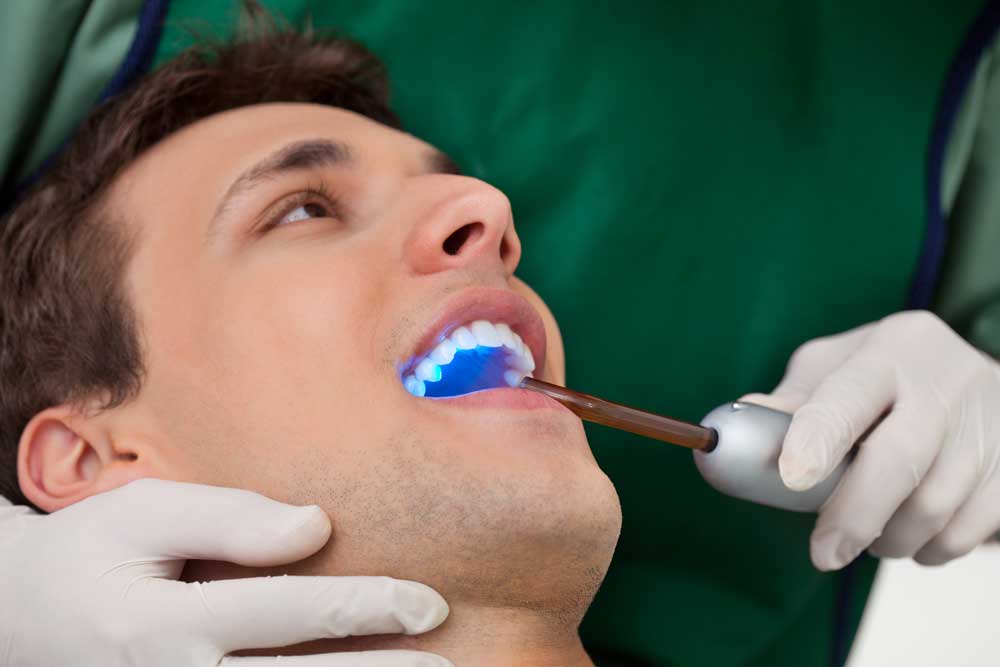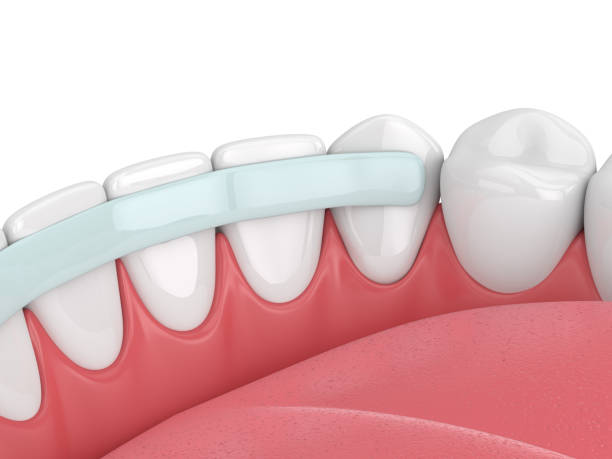
Bonding is quite widely used for small anomalies in patients who choose to not weaken their enamel, which would necessitate the use of porcelain veneers. Such patients are interested in bonding, which adheres closely to the tooth surface purely by adhesion rather than drilling, hooks, or other methods.
The dentist discusses that bonding is a way of recovering dental using innovative construction coatings despite messing only with dentinal tubules. Due to the existence of conductivity, a plastic close to the use to fill plaque voids adheres to the enamel.
The Diagnosis Procedure's Properties
Composite restorations are made in one visit to the dentist and are done free-hand on a treatment room by a doctor. The treatment is painless and requires only minimal tooth preparation. Unless there is significant cavity sensitivity, no patient anesthesia is needed.
The dentist cleans the teeth’ surface first, then slightly reduces the front parts of its teeth. Then he uses ammonia to match the prepared area, rinses it, and applies a resin that matches the color of the patient’s teeth. A dentist lamp would be used to decontaminate the activated products.
This procedure will take anywhere between 30 and 60 minutes to complete.

Recommendations After The Procedure For Teeth Bonding
Tea, coffee, cigarette smoke, and other substances may stain the composite after it has been applied. It is recommended should you avoid consuming foods that can stain for the first 48 hours after the treatment to avoid or reduce the development of potential stains.
You should also obey the simple principles of oral cavity treatment, such as brushing your teeth with toothpaste on a regular basis, rinsing your mouth with special preparations, and cleaning the electric toothbrush places with dental floss.
Contraindications Of Teeth Bonding
Teeth bonding is only possible for people who have all of their teeth in good shape. Bonding should not be done on people who suffer from bruxism, which is the habitual clenching or grinding of teeth
The Benefits Of Tooth Bonding
Bonding, like any other process, has many advantages. The simple cosmetic repair of dental lesions would be a benefit of that kind of procedure. It occurs in one visit, or the doctor receives very good resolution when quitting a dentist chair. This approach is particularly useful for patients who must leave and may not have time or resources to make several calls.
Bonding is a simple and inexpensive technique. It’s a good way to get good-looking teeth with few flaws. When adjusting a mandibular length, teamwork is a key component of complete dentures. In over 80% of cases, composite tooth reconstruction is needed. There are pathological abrasion and chipping of the tooth material as a result of malocclusion.
After bonding, the teeth become less prone to discoloration than, say, prosthetically crowned teeth. This is just a temporary procedure. Teeth can become weakened, discolored, and lose their original impact over time. So you have to repeat the procedure for maintaining your tooth bonding.
